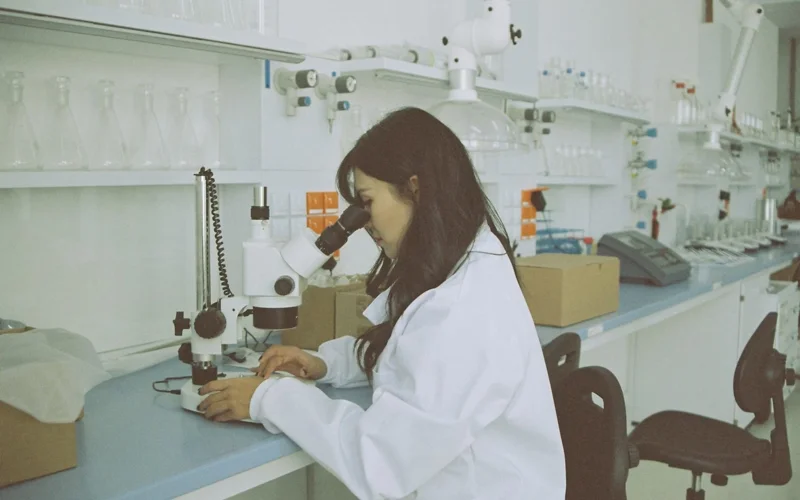Japan gov’t panel approves human embryo creation using iPS cells
A Japanese government panel on Thursday broadly agreed to allow the creation of human embryos using eggs or sperm derived from pluripotent stem cells such as iPS cells, but only for research purposes into matters such as infertility and hereditary diseases, Kyodo reports.

According to a report compiled by the expert panel on bioethics, the culture period of such embryos would be limited to a maximum of 14 days, as with conventional fertilized egg research, and implantation into a human or animal uterus would be prohibited.
The report will lay the groundwork for the government to consider revising relevant guidelines. The latest move raises ethical challenges as the implantation of an embryo into a uterus could potentially lead to the birth of a human being.
It is hoped studies will confirm whether human eggs and sperm derived from induced pluripotent stem cells or embryonic stem cells function normally. Both iPS cells and ES cells can grow into any type of cell in the body, but the former are generated using cells from an adult body such as skin, while the latter are taken from early-stage embryos.
While there have so far been no cases of eggs or sperm being created from human stem cells, research has advanced to the stage of producing precursor cells.
Offspring have already been born from such eggs and sperm in mice, and the expert panel has anticipated that similar advancements will soon become "technologically feasible" in humans.
The report said fertilized eggs created from stem cell-derived sperm or eggs should be handled in the same way as conventional fertilized eggs as they could "potentially lead to the birth of a human" if implanted.
It called for limiting the creation of such embryos to the minimum necessary number.
The activities will also be allowed for studies to compare the differences with ordinary fertilized eggs.
Earlier, it was reported that a groundbreaking study from Japan has introduced the possibility of eliminating the genetic cause of Down syndrome through cutting-edge gene-editing technology.
